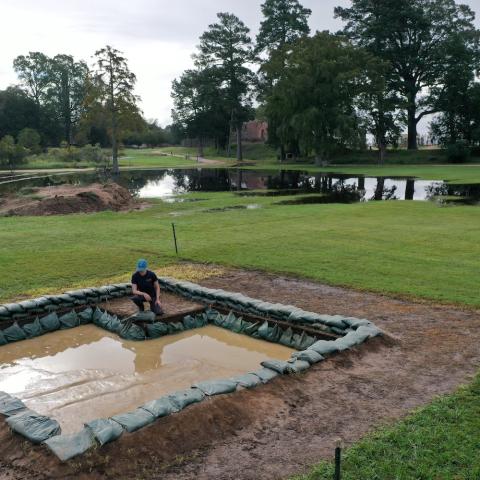Having just gone through the 2020 presidential election, what better time to talk about the symbol of American democracy – the bald eagle. The bald eagle first appeared on the Great Seal of the United States in 1782 – holding in its talons an olive branch and 13 arrows. Less than 200 years later, the national bird of the United States was nearly extinct.
